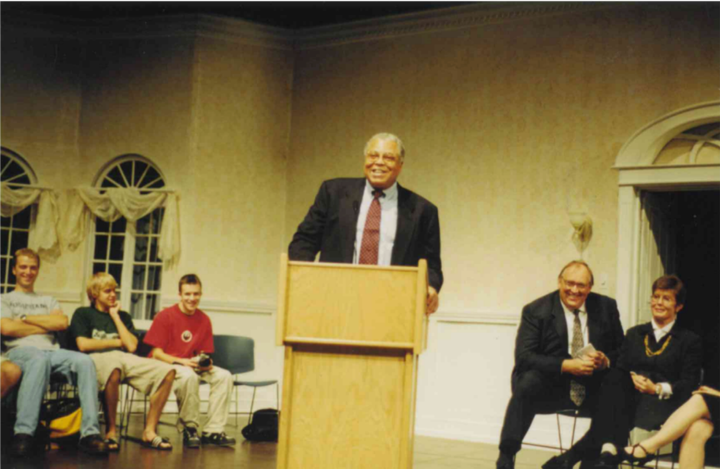Too many cooks in the kitchen: How big is too big for Augustana?
Staying a small campus ensures stability, increases prestige
KATELYN CLEMENT
kmclement16@ole.augie.edu
This year’s freshman class was one of the largest incoming classes in Augustana’s recent history. What would happen if the trend continues and all future classes were to grow even larger?
Augustana, as of now, has a student population of about 2,000 graduate and undergraduate students. Because of the large incoming freshman class, some of the freshmen found themselves living in Tuve Hall, normally an upperclassmen-only dorm.
If future incoming classes are larger, Augustana may have difficulty housing upperclassmen as well.
Freshmen are required to live on campus, but if the freshman classes continue to grow and move into the upperclassman dorms, the upperclassman may have to find other housing options near campus.
Building a dorm would require a large sum of money as well as a empty lot of land. The only open land Augustana has to build on is the campus green which is treasured as an open, park-like space.
Furthermore, students receive more one-on-one time with their professors because of the smaller environment and smaller classroom sizes at Augustana. Statistically, students receive better grades if they are in a small-class environment versus a large-class setting.
If Augustana’s class sizes continued to grow, professors may have to limit time with students. Professors will lose that one-on-one time with their students. If students have questions, they may find themselves having to reach their professors by email.
With these problems, the retention rate of students will decrease. If students are unhappy with their class experience, they may choose to leave and enroll at a smaller university. This would raise tuition as well in order to make up for the lost tuition when students leave.
Larger universities face these same problems because of their large class sizes. Students at the University of North Dakota, for example, lost scholarships because the administration could not keep up with amount of students enrolling.
To save money, the university had to cut the honors program by 12.5 percent because the enrollment rate was so high.
The school was also forced to let some of its professors go in order to save money. Additionally, the UND has also cut funding for other clubs to keep tuition costs down.
Rather than accepting larger groups of students, Augustana could create a raffle for enrollment like New Tech High School in Sioux Falls. New Tech had a large enrollment problem two years ago and created the raffle so students would have a fair chance at enrollment.
If having a raffle is not a popular option, Augustana could also raise standards for enrollment by requiring incoming students to have a higher GPA or ACT score. In effect, Augustana’s prestige would rise if it became more selective.
If the Augustana enrollment rate is too large, we will start to see the same problems that larger universities are now facing, which may cause even bigger financial problems in the future.



